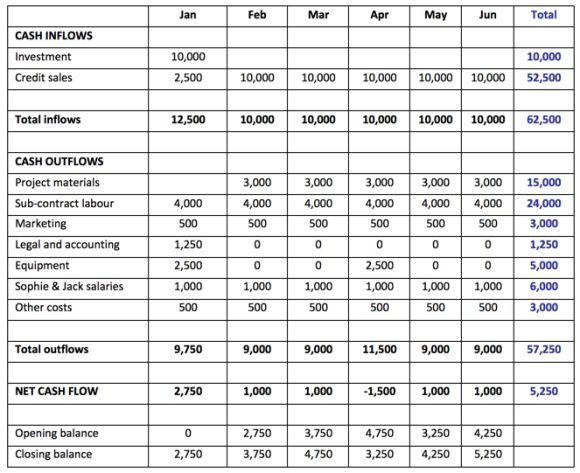
The AR part is used to model autocorrelations, the I part is used to model differencing, and the MA part is used to model moving averages. ARIMA models are generally composed of three parts: an AR part, an I part, and a MA part.

However, ARIMA models can be used with non-stationary data if the data is first differenced, which removes any trends or seasonal patterns. ARIMA models are particularly well-suited for forecasting data that is stationary, meaning it does not have any trends or seasonal patterns. ARIMA models are a type of time-series model, which means they are used to predict future events based on past events. It is often used for forecasting because it can take into account both short-term and long-term trends. An ARIMA model is a type of time-series model that can be used for cash forecasting. There are a variety of methods that can be used for cash forecasting, but one of the most common is the ARIMA model. Accurate forecasting can help businesses to avoid cash flow problems and ensure that they have the funds available to meet their obligations.
#Cash forecaster series#
Cash forecasting models typically make use of time series forecasting techniques, and they can be either deterministic or stochastic in nature. There are a variety of cash forecasting models available, and the most appropriate model for a given business will depend on factors such as the size and complexity of the business, the frequency of cash inflows and outflows, and the level of accuracy that is required. Cash forecasting model is critical tool for businesses of all sizes, as it can help to ensure that there is enough cash on hand to meet operational needs. What are cash forecasting models?Ĭash forecasting models are mathematical models that are used to predict future cash flows.
#Cash forecaster how to#
While cash forecasting is not an exact science, it can give companies a helpful snapshot of their expected cash flow and help them to make more informed decisions about their finances.Ĭash forecasting is an important tool for treasury management, as it allows companies to plan for unexpected expenses and make strategic decisions about how to best use their available cash. Done correctly, cash forecasting can be an invaluable tool for making sound financial decisions.Ĭash forecasting can be performed using a variety of methods, including financial modeling, trend analysis, and Monte Carlo simulations. The accuracy of cash flow forecasts will depend on a number of factors, including the stability of the business, the quality of financial data, and the ability of the forecasting team to correctly identify and account for all relevant factors.

Cash flow forecasting is typically done on a monthly or quarterly basis, although some businesses may choose to forecast weekly or annually. Short-term forecasting is typically done on a weekly or monthly basis, while long-term forecasting may be done annually or even further out. Cash flow forecast can be done on a short-term or long-term basis. Cash forecasting involves projecting both incoming and outgoing cash flows which can then be used to assess the short-term and long-term financial health of a business, as well as to identify potential cash flow problems. What is cash forecasting and how it is important part of treasury management?Ĭash forecasting is the process of estimating company’s future cash flow in order to make informed decisions about treasury management. What are some challenges of using cash forecasting models?.


What are some benefits of using cash forecasting models?.What is cash forecasting and how it is important part of treasury management?.


 0 kommentar(er)
0 kommentar(er)
